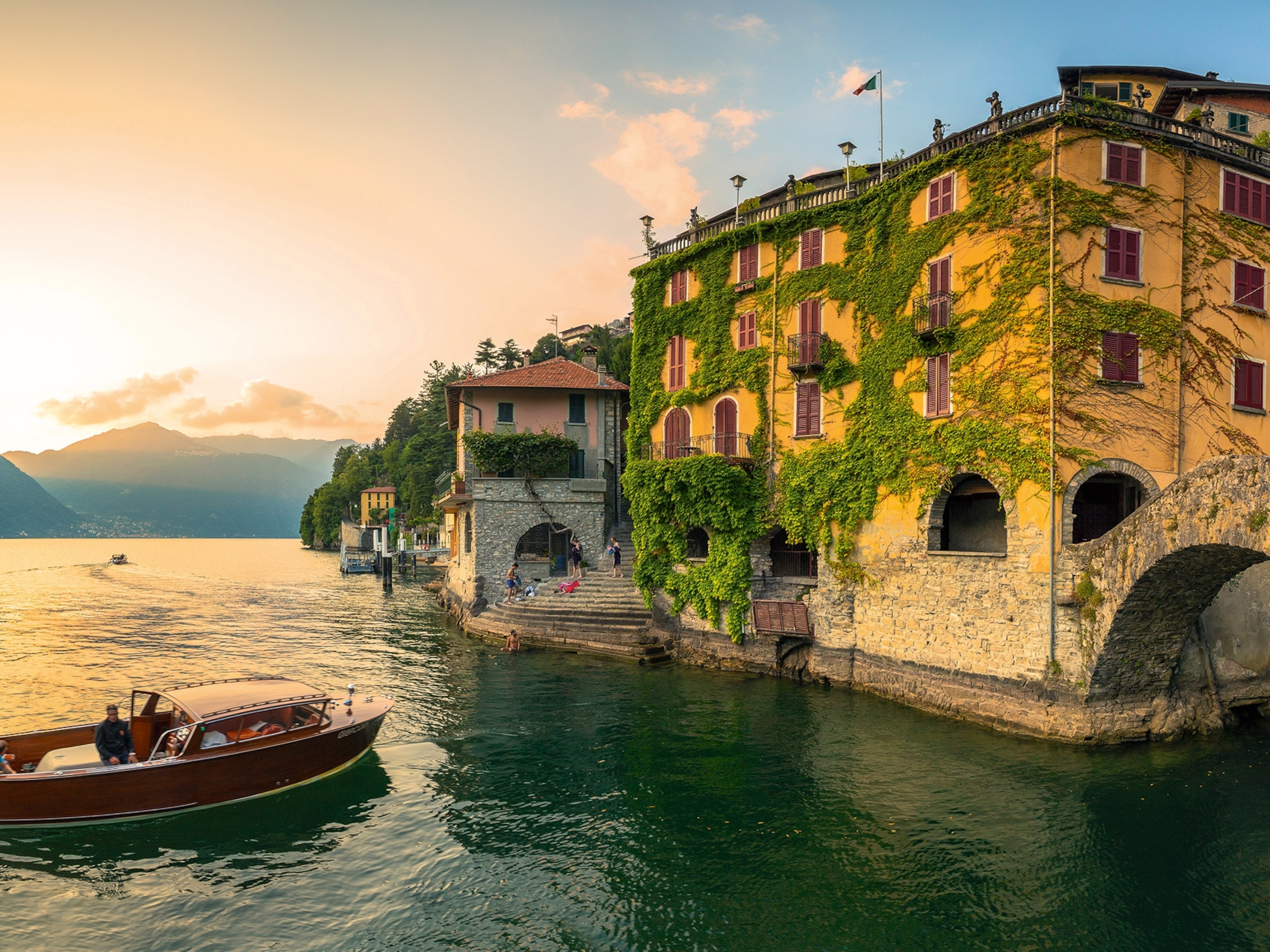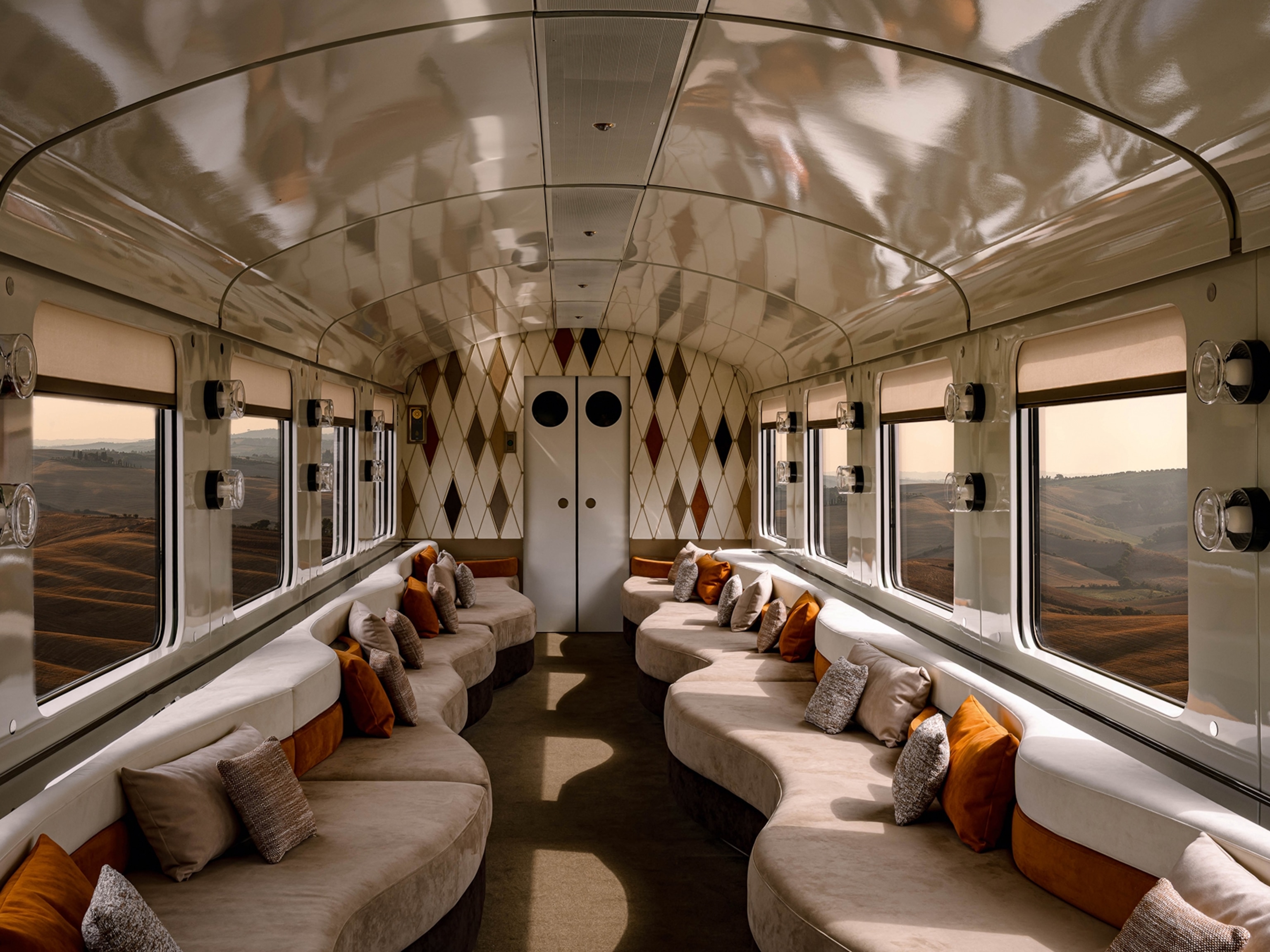
How to see India's Golden Triangle by train
Taking in myriad forms of architecture, the Golden Triangle route between Delhi, Agra and Jaipur is a journey into India’s history, craftsmanship and culture. Here’s what you need to know to navigate the three-stop itinerary by rail.
Exploring the so-called ‘Golden Triangle’ of Delhi, Jaipur and Agra — home to the Taj Mahal — is an ideal way for first-time visitors to India to ease into their travels. These three major cities in the country’s north can be explored in as little as five days or a long as a fortnight; as well as serving up a taste of modern India, they feature all kinds of classic architecture. From Mughal forts, mausoleums and havelis to palaces, mosques and temples, the popular travel itinerary offers a headfirst dive into India’s history, craftsmanship and culture. While excellent motorways run between the cities, touring by train lets passengers peer into the nooks and crannies of the region, bringing a touch more magic to the journey.
Getting to know Delhi
India’s capital city, built and rebuilt upon the rubble of Sufi shrines and Mughal tombs, is home to bazaars, swathes of jungle and parks with bougainvillea-draped tombs. From Haveli Dharampura — a boutique hotel in a restored 19th-century mansion in the heart of Old Delhi — it’s a 10-minute walk towards the sound of hissing karahis in the food haven of Matia Mahal Bazar, where mutton burra kebabs and silk-soft roti are served at Karim’s. Lodhi Gardens is a popular spot for dawn joggers and evening amblers, while Sunder Nursery feels like a national park due to the 40 varieties of butterfly that flit between flaming gulmohar trees, ponds and flowerbeds. For a night-market experience, head to Dilli Haat, an open-air bazaar where crafts and snacks from every Indian state include Mirzapur rugs, camel-hair blankets, mirrored bedspreads and Assamese steamed fish.

Moving on to Agra
The daily Gatimaan Express, the fastest train operating in India, departs from Delhi’s Hazrat Nizamuddin station just after 8am. This service, with its wide, comfy seats and wi-fi, takes just one hour and 40 minutes to pull into Agra Cantonment station. Sipping milky coffee and snacking on cutlet sandwiches, passengers watch as the BMWs and malls of Delhi morph into bullock carts and maize fields.
On arrival in Agra, you can take a taxi to the Itmad-ud-Daulah tomb, a Mughal mausoleum known as the Baby Taj, which overlooks the Yamuna River. Follow this with a wander around the gardens at Mehtab Bagh before the midday sun hits its peak. It’s typical to visit the Taj Mahal at dawn, but nothing beats the sight of the world’s most magnificent mausoleum by moonlight. For five days a month (on the night of the full moon, two nights before and two nights after), eight groups of a maximum of 50 people are granted entry between 8.30pm and 12.30am. With so few visitors, a hush falls on the grounds as the Taj basks in a blue glow.

An early morning departure for Jaipur
Dawn trains offer travellers front-row seats to the performances that they would miss by air or car. Departing Agra at 6am, the Agra Fort-Ajmer Intercity SF Express rolls west into Rajasthan as shutters fly up on shops, chaiwallahs ladle steaming yards of tea into glasses, and wet-haired schoolchildren wave from buses. In just over four hours, the fast service reaches Jaipur Junction, from where it’s a short auto-rickshaw ride into the heart of the Pink City, so named due to the unusual pigment in its sandstone palaces, houses and ramparts. Home to artisanal jewellery, the ancient art of block printing, and striking blue pottery, Jaipur is a shopper’s delight.
Base yourself at the five-star Leela Palace hotel, take a tour of Amer Fort, then visit Ridhi Sidhi Textiles on Amer Road for block-printed quilts, placemats and pyjamas. For funky shirts, trousers and hats, ask for Sachi Badaya, the owner’s niece, who set up her own boutique during lockdown. Finally, stop by Ram Gopal Blue Pottery, where Garima Saini and her father Gopal make everything from chest-high urns to toothbrush holders, coasters and doorknobs. To make the most of the Indian train experience, choose the daily Ranikhet Express to return to Delhi. Leaving at around 3.30pm, the slower service allows passengers to snooze in a berth, wander the aisles and bask on the steps in the warmth of the evening sun as the train winds through the desert.
Published in the March 2023 issue of National Geographic Traveller (UK)
Sign up to our newsletter and follow us on social media:
Facebook | Instagram | Twitter





